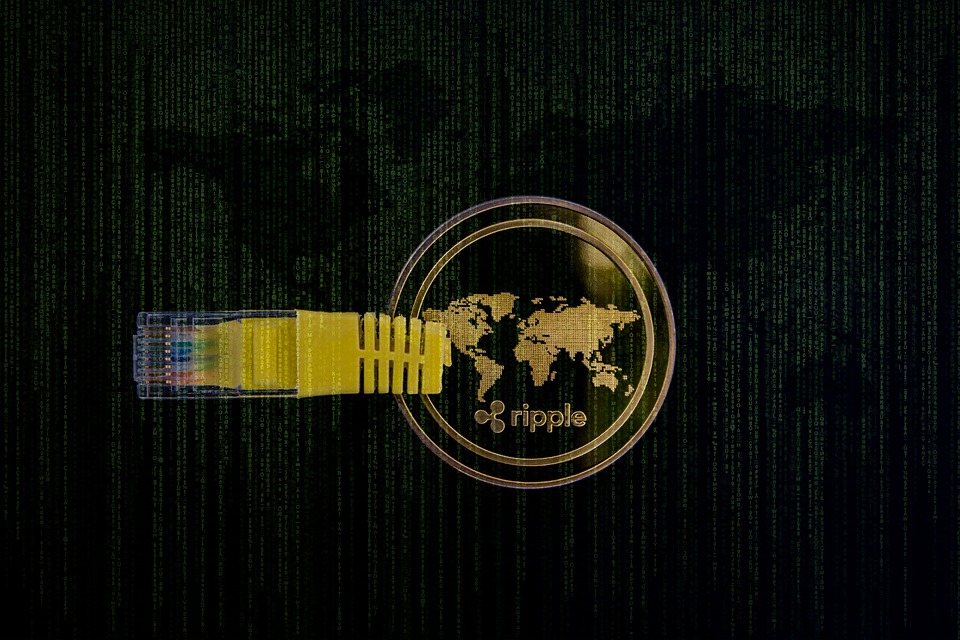In recent years, digital asset communities have transitioned from niche platforms catering to enthusiasts and early adopters into mainstream social collectives that captivate millions. The rise of blockchain technology, the proliferation of non-fungible tokens (NFTs), and the growing awareness of cryptocurrencies have catalyzed this transformation, creating a fertile ground for communities focused on the exchange of digital assets. This article explores the motivations behind this surge, the evolving dynamics of these communities, and the implications for the future.
The Genesis of Digital Asset Communities
Digital asset communities began emerging prominently around the late 2010s, fueled by the growing accessibility of crypto technologies and the allure of decentralized finance (DeFi). Early adopters flocked to platforms like BitcoinTalk and later Discord and Telegram channels, sharing information and forging connections based on shared interests in cryptocurrencies and blockchain technologies.
These early communities were often small, composed of tech-savvy individuals drawn to the promise of blockchain’s revolutionary potential. Discussions revolved around trading strategies, technological advancements, and speculative investments. Yet, as the technology matured, so did the nature of these communities.
The Explosion of Interest in NFTs
The launch of the Ethereum blockchain brought about a major evolution in digital asset communities through the rise of NFTs. From digital art and music to virtual real estate, NFTs secured their status as a new asset class that appealed not just to investors but to artists and creators as well. The success of platforms such as OpenSea and Rarible fostered communities centered around creators and collectors, making art accessible in ways previously unheard of.
High-profile sales and celebrity endorsements surged the popularity of NFTs. Events like the $69 million sale of Beeple’s digital artwork ignited a global conversation about ownership, provenance, and the value of digital assets. This phenomenon attracted individuals from various backgrounds, transforming these once-niche communities into vibrant, widespread networks.
The Rise of Inclusivity and Diversity
One of the most significant shifts in digital asset communities has been the emphasis on inclusivity and diversity. The barriers to entry have lowered significantly, allowing individuals from various socio-economic backgrounds to participate in these ecosystems. Projects like Bored Ape Yacht Club and World of Women have led the charge in creating more inclusive spaces, showcasing diverse artists and voices.
Community-centric governance models, such as decentralized autonomous organizations (DAOs), have also sprung up, enabling members to have a say in decision-making processes. This democratization empowers participants, fostering a sense of belonging that stretches beyond mere financial investment.
The Role of Social Media and Technology
The rapid growth of digital asset communities has been supported by social media platforms. Twitter, Reddit, and TikTok serve as conduits for information sharing, collaboration, and community engagement. The viral nature of trends, especially on platforms like TikTok, has led to a significant uptick in interest from younger generations, with meme culture intertwining with digital assets to create a powerful dynamic.
Live-streaming events, community challenges, and educational efforts have further cemented the relationship between social media and digital asset communities. Prominent figures within these communities often use their platforms to discuss trends, share insights, and promote engagement through AMAs (Ask Me Anything sessions), thereby generating more traffic and participation.
Challenges and Opportunities
Despite their burgeoning popularity, digital asset communities face challenges that could impact their sustainability and growth. The regulatory landscape remains uncertain, with governments grappling with how to manage cryptocurrencies and NFTs. Concerns about fraud, copyright infringement, and market volatility also loom large, calling for greater transparency and regulations to protect community members.
However, these challenges also present opportunities for innovation. Projects focused on security, education, and regulatory compliance are gaining traction, providing members with safer environments to navigate their digital asset investments.
The Future of Digital Asset Communities
As digital asset communities evolve, their impact on broader social interactions is undeniable. The concept of digital ownership and community-driven initiatives is reshaping cultural norms and entrepreneurial practices, enabling new forms of art, collaboration, and commerce.
Looking ahead, the blending of virtual and physical experiences through augmented reality (AR) and virtual reality (VR) technologies promises to deepen engagement within these communities. As more people enter the space, embracing the ethos of decentralization and collaboration, digital asset communities are poised to transform not just the way we interact with digital assets but how we share knowledge, culture, and value.
In conclusion, the surging popularity of digital asset communities reflects a broader societal shift toward decentralized engagement and digital ownership. As they continue to flourish, these communities have the potential to reshape the dynamics of commerce, creativity, and community in the digital age, making them a focal point in the ongoing narrative of technological evolution.

